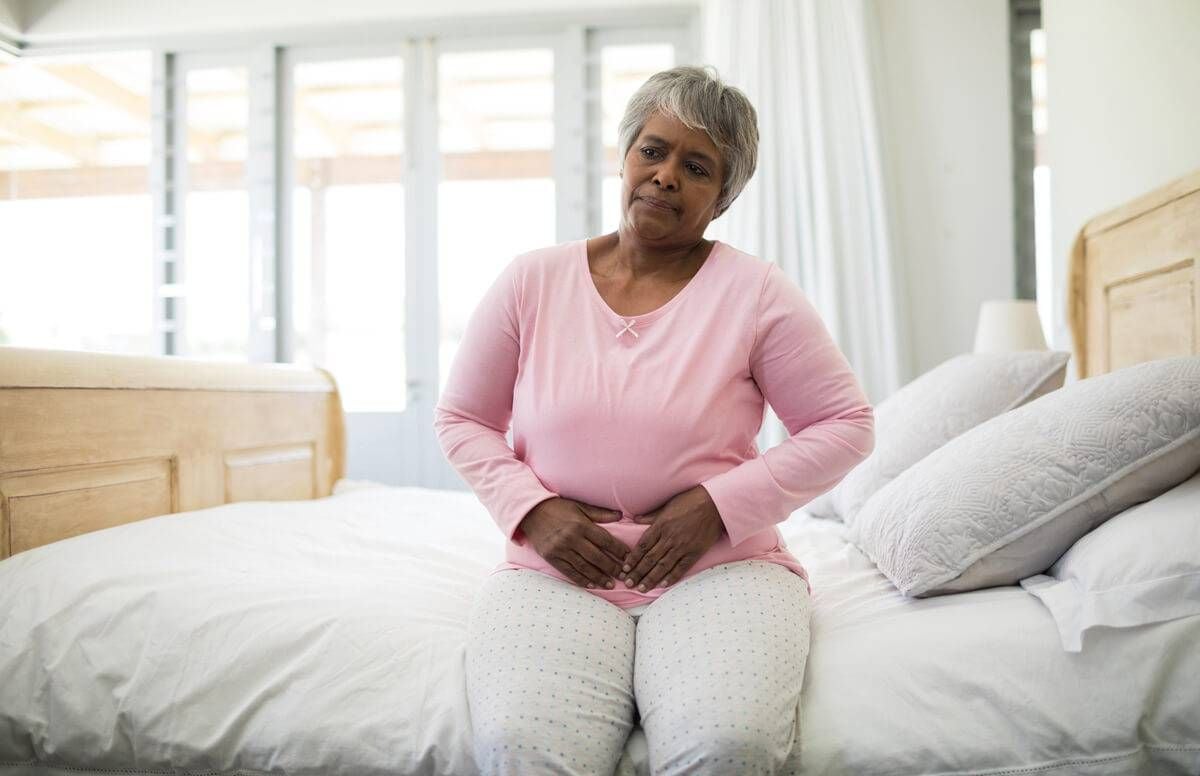Does Risk of UTIs Increase With Age?
It does, especially for women, and here's what you can do about it
The older I get, the more I realize I’m turning into my mother. She’s 75 to my 52, but we have more and more in common. We talk the same. We laugh the same. We tend to like the same books and the same movies. And of late, we have one more thing in common: a propensity for developing urinary tract infections, or UTIs.

While my mom is a happily single widow, I have a steady boyfriend and I knew from past experience that sexual activity can increase your risk of UTIs. What I didn’t realize then is that simply getting older ups your risk. A 2014 study found that 1 in 7 women over 65 have had a UTI in the last six months. Other factors that make you more likely to have one include being female (women are far more likely to have UTIs than men), having kidney stones, having difficulty completely emptying your bladder and catheter use.
Painful, Annoying Symptoms
Anyone who has had a UTI knows how painful and aggravating it can be. Symptoms include:
- Pressure, or feeling like you always have to “go,” even when you’ve just urinated
- Pain and/or burning during urination
- Dark, cloudy or scant urine
- Abdominal, back or flank pain
- Fever, chills and nausea
UTIs are common — more than half of women will have at least one during their lifetimes — and if left untreated, they can lead to a bladder or kidney infection.
But UTIs are not always simple to diagnose. You can have symptoms of a UTI, yet test negative for an infection. Or you can have bacteria present in your urine, yet experience no UTI symptoms, which is called asymptomatic bacteriuria, or ASB. That’s common in older women and shouldn’t be treated with antibiotics.
Midlife and older women are more likely to get UTIs because of the changing hormonal environment during and after menopause.
“When you lose your estrogen, the vaginal mucosa gets completely different. It gets thinner and dryer and is more sensitive to symptoms (even) without having an infection,” says Dr. Anthony Schaeffer, a urologist at Northwestern Memorial Hospital in Chicago. “In addition, you’re more susceptible to infection because the bacteria (such as E. coli) can ascend to the bladder more easily.”
Is it a UTI or Something Else?
Typically, doctors will perform a urine culture for women to confirm the presence of bacteria before an antibiotic is prescribed, but this isn’t always necessary, Schaeffer says. “The guidelines are that if a woman has symptoms of a UTI and no fever and no underlying problems, it’s considered uncomplicated and you can proceed with a treatment of microbial (anti-bacterial) drugs and/or analgesics (pain relievers).”
However, if you have other symptoms, like fever or chills, or have underlying health issues (like diabetes or immune suppression), you should have a culture to make sure that a UTI, not something else, is the culprit.
If you do have a UTI, typical treatment includes a three-to-five-day course of an antibiotic, such as nitrofurantoin, Fosfomycin or trimethoprim-sulfamethoxazole. Avoid taking an antibiotic for longer than that, Schaeffer says, to reduce the risk of developing recurrent infections with resistant bacteria. That’s why you may not want to treat ASB even if you learn you have it.
For women, “ASB is very prevalent. At 50, you may have a 20 percent change of having it, but at 70, about half of women will,” Schaeffer says. “Women will have bacteria and/or white cells in their bladder, but they feel fine. What can happen is that the doctor will take a culture and then want to treat the infection, but it’s a big mistake to treat an infection that isn’t causing symptoms — that can lead to a cascade of resistant organisms.”
If You Have Recurrent Infections
To reduce your risk of developing a UTI:
- Stay hydrated. Drinking plenty of water and other liquids means you urinate more frequently, which helps flush bacteria from your urinary tract.
- Use proper hygiene. When going to the bathroom, always wipe from from front to back to avoid spreading bacteria from your anal region.
- Urinate before and immediately after sex. This will help flush out any bacteria.
- Consider cranberry juice. Study results are mixed but some suggest that cranberry juice may make it harder for bacteria to adhere in the urinary tract.
- Don’t hold it in. The longer time between going to the bathroom, the more time bacteria have to multiply.
A once-in-a-while UTI is relatively easy to treat. If you’re a woman suffering from recurring diagnosed infections with no other complications, however, your doctor may prescribe vaginal topical estrogen. “This helps restore the health of the vagina and reduces the ability of bacteria to ascend,” Schaeffer says.
Your doctor may also suggest taking a low dose of an antibacterial drug that can kill off bacteria and make you less likely to develop an infection. Or you can ask for a self-contained culture device that lets you determine whether you have an infection, and take a three-day course of antibiotics if necessary.
My mom and I have been lucky; we’ve both seen our doctors and successfully treated our UTIs. If you constantly have symptoms of an infection — say, more than one every six months — yet have negative cultures, see a urologist. Other conditions, like interstitial cystitis and bladder cancer, can cause similar symptoms. Prompt treatment can help ensure that you’re properly diagnosed — and treated — more quickly.

